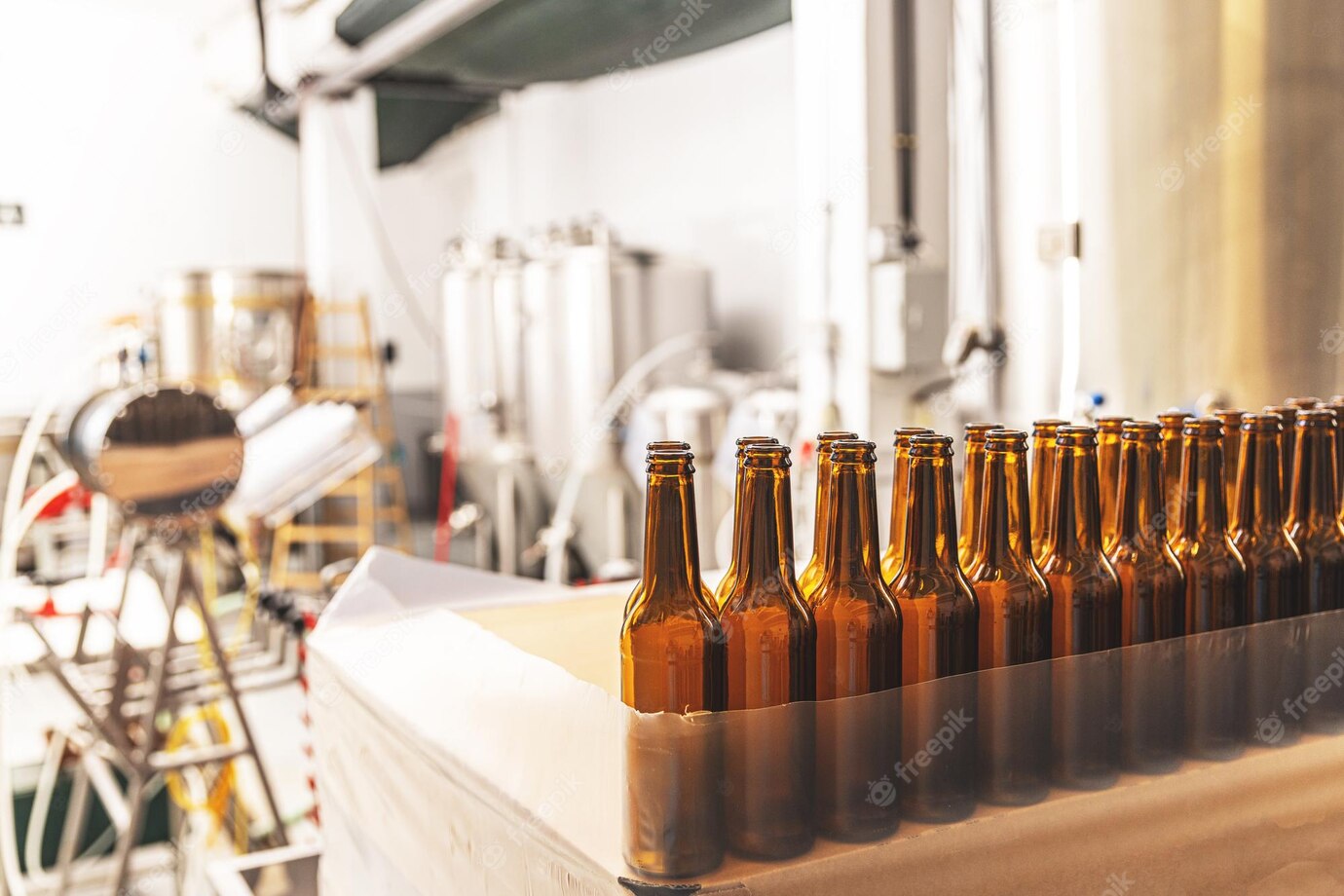Brew your own beer! Discover the step-by-step guide to brewing your own craft beer at home!
Brewing beer can seem like a daunting task, however it is much simpler than you may think. This article will provide a step-by-step guide to brewing beer; from the preparation of ingredients, to the bottling and fermenting of the beer. By following this guide, even the most novice of brewers can produce beer of exceptionally high quality, for a fraction of the cost of commercially bought beer. So let’s get started and explore what it takes to brew delicious beer at home!
Introduction to Brewing Beer
Producing good beer is a lot of work, and it requires a careful combination of science and art. The following guide will provide a detailed overview of the brewing process, from starting the brewing process to making a delicious beer.
Ingredients Needed to Brew Beer
Before jumping into the brewing process, the following ingredients are needed for brewing beer:
- Malted Grains
- Hops
- Yeast
- Water
Malted grains provide sugars needed for fermentation and contribute to flavor, body, and color. Hops provide a bitterness, flavor, and aroma. Yeast digests the sugar and produces ethanol (alcohol) and carbon dioxide. Water is an important ingredient that can affect the flavor of the beer, so it is important to use clean, filtered water.
Brewing the Wort
The first step in the brewing process is to make the wort. Wort is the liquid extracted from the mash and is essentially unfermented beer. Here are the steps for making the wort:
- The malt is milled, also known as crushing and grinding, which makes it easier for enzymes to convert starches into sugars. The milled malt is then placed in a mash tun with hot water and stirred. The temperature and pH are monitored and adjusted if necessary.
- The mash is left to sit, which allows the enzymes to convert the starches into glucose and other fermentable sugars. This process can take up to an hour.
- The starches have been converted and the mash must be separated from the spent grain. This is done by lautering, which is when the mash liquid is drained out, leaving the spent grain behind.
- The liquid is then boiled for about an hour and hops are added for bitterness, flavor, and aroma. The hops are added multiple times at different stages, to help balance out the flavor of the beer.
- Once the wort has been boiled, it must be cooled. This is done by passing the wort through a heat exchanger which cools it to the desired temperature.
- Once cooled, the wort is now ready to be fermented.
Fermentation
Fermentation is the process in which yeast turns the sugars in the wort into alcohol. The following steps describe the fermentation process:
- The cooled wort is transferred to a fermenter, also known as a carboy, along with the yeast.
- The wort is left to ferment for a few days. A specific strain of yeast is used for each beer, depending on the style.
- Once fermentation is complete, the beer is ready for packaging.
Priming and Conditioning
Once the beer has been fermented and bottled, it needs to be primed and conditioned for a few weeks. Here is a step-by-step guide for priming and conditioning:
- The beer is bottled or kegged and the bottles are capped or the kegs are pressurized.
- The beer is left to condition in the bottles or kegs for a few weeks at a temperature of 55 to 65 degrees Fahrenheit.
- After a few weeks, the beer is ready to be enjoyed!
Conclusion
Brewing beer is an art form that combines science and art. The above step-by-step guide outlines the process of brewing beer, from starting the brewing process to making a delicious beer. When done correctly, brewing beer can create a delicious and consistent product.

